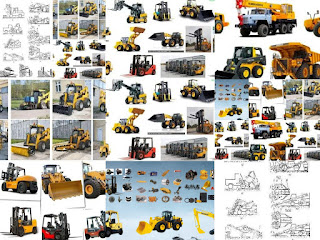what is the difference between loaders?
Different types of loaders differ from each other in the main and additional working equipment, which directly affects the ability and quality of loading, transport and unloading operations, in particular:1.Appointment, for example, some loaders are intended for the excavation and transfer of bulk cargo (soil, snow, gravel), others - for lifting, transfer and storage of piece cargo,
2.maneuverability, which depends on the dimensions of the loader and its turning radius, and is very important in working conditions in cramped circumstances,
3.the type of engine that determines the performance and environmental friendliness of the forklift, for example:
- when working in confined spaces, they prefer to buy forklifts with electric motors, since they do not emit harmful substances, they emit less noise,
- if the work is carried out in open spaces, then, mainly, forklifts with internal combustion engines (diesel, gasoline, gas, combined) are chosen, since they are resistant to temperature extremes, they can work for a long time,
4. a gripping mechanism, which directly affects the efficiency of the forklift, so try to choose the most suitable gripping mechanism applicable for specific types of goods, for example:
- buckets are bought for bulk cargo,
- for piece goods, special grippers are best suited,
5.carrying capacity, which affects the ability to work with piece types of loads of different masses and the performance of the loader:
- the heavier the piece load, the more powerful the loader should be,
- the more loads need to be loaded per shift, the more powerful the loader should be.

